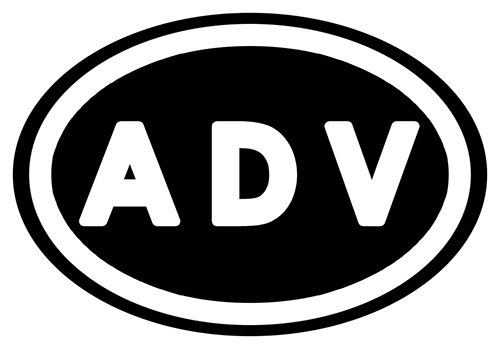ADVICE AND INFORMATION
Whilst we don't claim to have visited absolutely every inch of Australia, we've seen more than our fair share. We've ridden the highways, rattled along the tracks, powered through the deserts, ranged up the mountains, slipped through the valleys and roamed deep into the Outback.
The information provided here is intended to give you some knowledge to help you stay safe in country, a bit of background to main states and we've also aimed to explain some of the more potentially confusing aspects of hiring a bike in Australia.
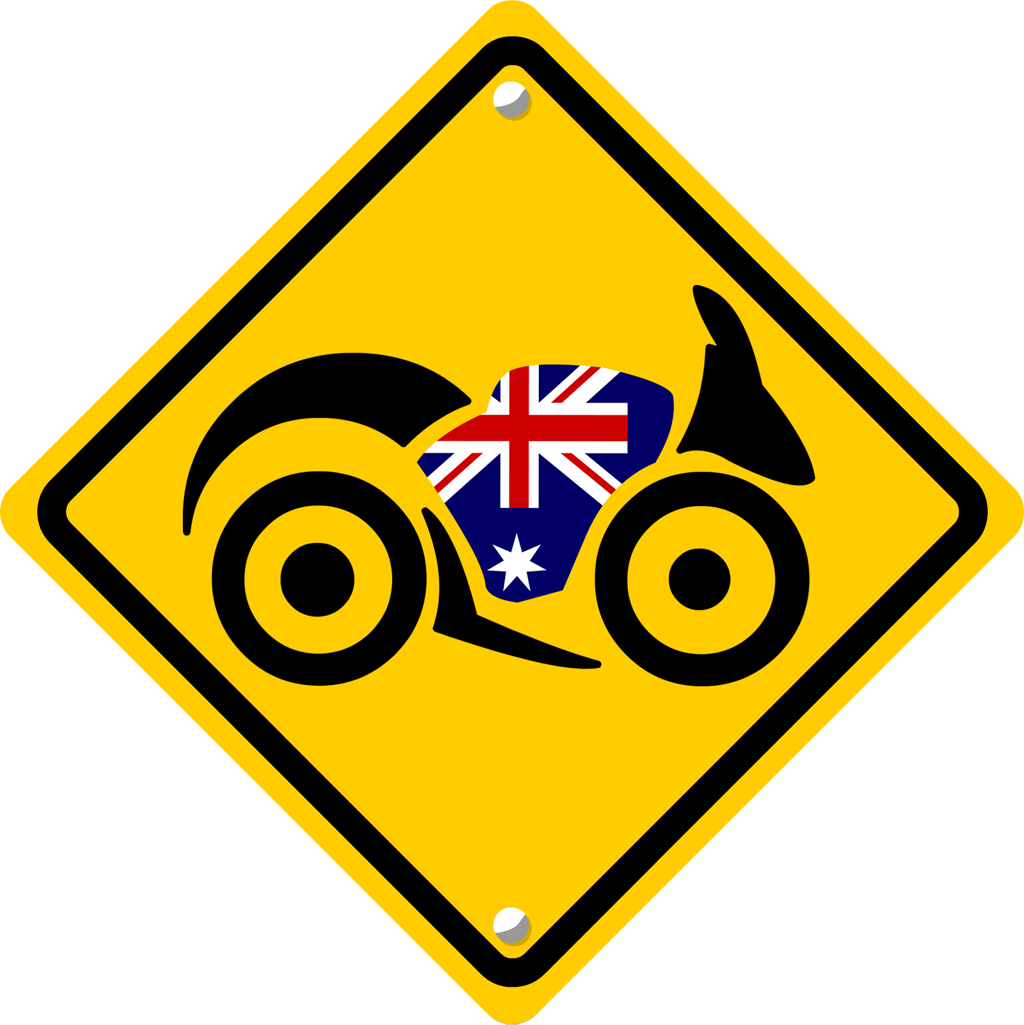
ADVICE AND INFORMATION:
-
GENERAL ADVICE
-
BIKE SETUP
-
DOCUMENTS
-
INSURANCE
-
SECURITY BOND & EXCESS EXPLAINED
-
GPS, SAT-NAV AND DIGITAL MAPS
-
LUGGAGE TRANSPORT
-
BREAKDOWNS & SERVICE PLEDGE
-
CANCELLATION POLICY EXPLAINED
-
OTHER FEES, TOLLS, FINES ETC.
-
BOOKING TERMS & CONDITIONS
RIDING GUIDES:
-
STATE GUIDE:
NEW SOUTH WALES
-
STATE GUIDE:
VICTORIA
-
STATE GUIDE:
QUEENSLAND
-
STATE GUIDE:
WESTERN AUSTRALIA
-
STATE GUIDE:
SOUTH AUSTRALIA
-
STATE GUIDE:
TASMANIA
-
STATE GUIDE:
NORTHERN TERRITORY
STATE GUIDE: SOUTH AUSTRALIA
South Australia is the sort of place people imagine when you ask them to picture Australia in their minds. Seemingly unending expanses of desert, contrast starkly with the bright blue waters of the Southern Ocean on the Eyre Highway across the Nullarbor Desert to the west; while beautiful beaches, winding roads and towering mountain ranges dominate the eastern regions of the state.
Travelling from the south east corner of the state and heading west you firstly have the small town of Mount Gambier. An afternoon stop here is enough time to get a feel for the place. Undoubtedly the biggest attraction is the ‘Blue Lake’, just outside the main town centre. Situated in an extinct volcanic crater, the Blue Lake is filled with the crystal clear water, filtered underground as it passes slowly beneath the city through the limestone. Each year in November the lake starts its colour change from winter somber blue to brilliant turquoise blue and back to somber blue again from March.
The entire town gets its drinking water from the system that fills the Blue Lake, and a few hours or afternoon spent exploring the area is a must.




Further on up the coast and just south of Adelaide, is the fascinating little isle of Kangaroo Island. A short hop across the ‘Backstairs Passage’ on a ferry, it is an isolated haven for various wild creatures and an exercise in off-highway riding. There is only one surfaced road on the whole island, which runs from one end to the other in a giant loop.
If you stick to the black-top then you’ll get the same experience as the bus loads of tourists. Venture off the main loop and onto some of the gravel side roads though and you’ll get to see the more interesting, out of the way places which in my mind, is what a visit to the island on a motorcycle is all about. The ‘Flinders Chase’ national park at the western end of the island offers an excellent chance to view some of the more unusual wildlife. Duck Billed Platypus and Echidna to name but two of the more esoteric characters to be found there.
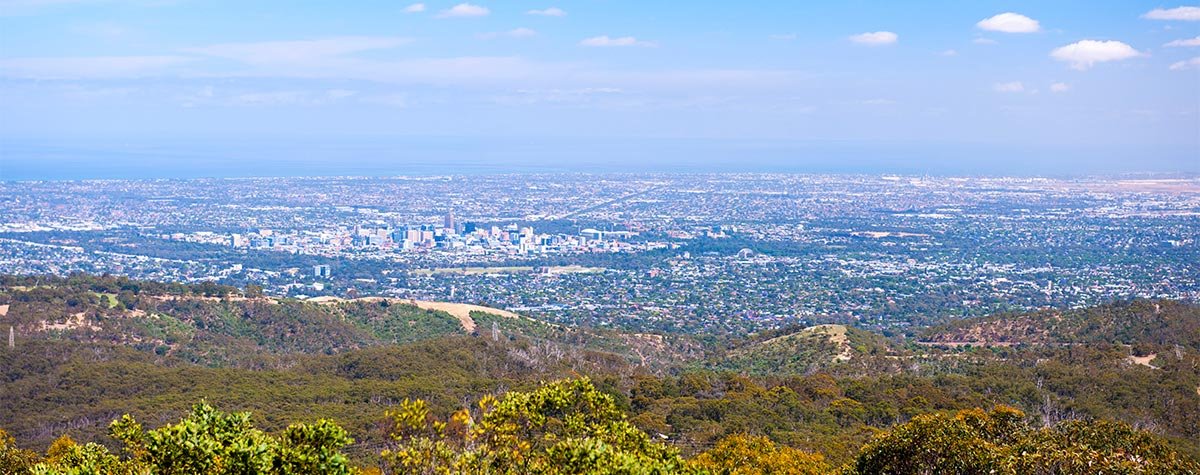

The state capital of Adelaide is an interesting city. Under siege from every quarter by leafy green parks, Adelaide has a relaxed and friendly atmosphere which belies its metropolitan stature. It has everything you would expect from a regional capital, so a few days spent exploring the various aspects of Adelaide’s character would be time well spent.
Getting out into the hills to the east of Adelaide should be high on your list of things to do. Beautiful countryside bisected by narrow, winding roads, which lead to a great number of fascinating little towns and villages. The Germanic influence on the area is extremely evident in this region, with many of the towns being obviously German in design; and many of the inhabitants directly descended from the first immigrants. Wine is the main industry of note for this area of Adelaide and many a happy hour could be spent ‘testing’ the many varieties available.


Just a bit further up the coast is the Yorke Peninsula; an exposed and windswept finger of land, jutting out into the Spencer Gulf. Personally I found the region fairly ordinary, but that was just the impression I got and your experience will no doubt be totally different. The best area of the peninsula in my opinion was the Innes National Park, right at the very end of the peninsula. Sheltered, sandy coves, great beaches and interesting historical remnants make for an engaging few days spent in the park. Bear in mind that if you get down there, facilities are limited; so take everything you need with you and remember to take it all out again.
Port Augusta stands at the cross roads of traffic heading east-west and north-south. It has a fabulous visitor centre explaining all about the region and you can stock up on supplies before moving on.
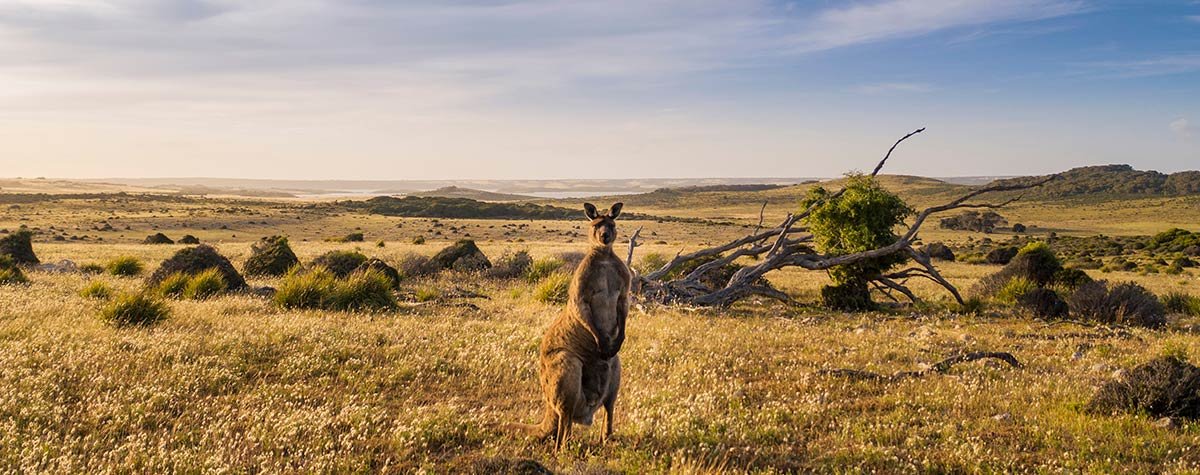

Assuming for a moment you head west in the direction of Perth it would be tempting to reach Port Augusta and get straight onto the Eyre Highway to start the long Nullarbor Desert crossing. That would be a mistake in my opinion as you would completely bypass the hidden gem of the Eyre Peninsula. Turning south west from Port Augusta on the Lincoln Highway takes you down to the bottom of the peninsula following the coastline, then back up the western coast, rejoining the Eyre Highway at Ceduna.
There are some great little seaside towns along the way and if you don’t mind the occasional sandy stretch of gravel road, then there are also some great secluded camping spots right on the shore. Port Lincoln is the regional centre for the peninsula and the Lincoln National Park to the south east is a beautiful area. Visited by only the most curious of tourists, it is mostly a haven for locals during the weekends and so if you want the place to yourself, visit during the middle of the week. A bit of rest and relaxation amongst the fine sandy dunes and turquoise waters is just what the doctor ordered!
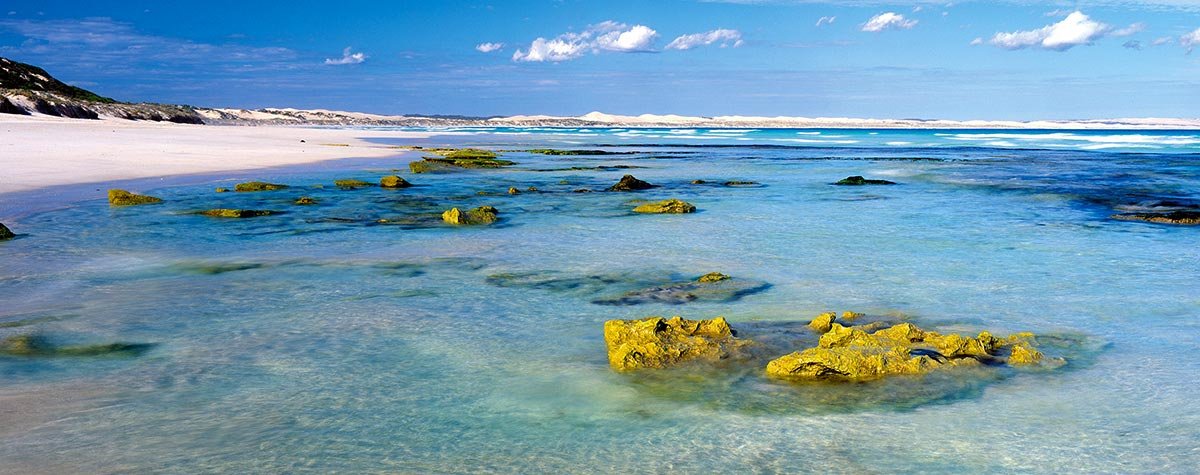

Continuing round onto the western edge of the peninsula the scene is pretty much the same, a plethora of small towns, sandy beaches and secluded coves. Plenty of national parks and points of interest litter the route of the road, a multitude of opportunities for whiling away the day.
Riding north from Port Augusta up the Stuart Highway you are heading into the Outback and the scenery becomes somewhat more barren. The Flinders Ranges are one of the nicest areas of outback for my money. The roads in the area are all gravel but they take you through deep red gorges with narrow creeks and loads of wildlife. It feels like the ‘real’ Australia and the stars at night are jaw-droppingly bright. Wilpena has a resort if you prefer a little more comfort but camping in one of the remote camping areas next to a creek and seeing the kangaroos, birds and other wildlife is a beautiful experience.
If you’d like to see the area but have a road bike then take a 4WD tour from Wilpena.


Another important stop on the highway north has to be Coober Pedy. A very interesting but somewhat visually unappealing opal mining town, positioned right in the middle of the desert. The name Coober Pedy comes from a local Aboriginal term ‘kupa piti’, meaning ‘white man in a hole’; very appropriate when you consider the predominant industry!
Temperatures here can be very high, with 50 degrees centigrade not uncommon in summer. My advice would be to arrive in the afternoon, book a half-day tour for the following day and visit the Greek restaurant in town for your evening meal. Don’t forget the underground hotel for a nightcap! The bar is incredibly atmospheric!
A leisurely stroll after dinner is definitely not recommended. There are over 4 million holes in the surrounding desert where prospectors have searched and are still searching, for opals! They are often 80 metres or more deep and so not easy to climb out of if you end up taking a tumble down one.


Eighty percent of the Coober Pedy population now lives underground and a guided tour is by far and away the only way you’ll see this place properly. The best of the bunch are the ones that take you to the underground church, the underground homes, into a mine and out to the infamous dingo fence. The tour will really bring the place to life, explain how the mining is done, tell you the history of the area and of course ensure that you don’t end up down any holes by accident! Without this background information the town just looks like a hot, dusty, miserable collection of buildings in the middle of nowhere.
Coober Pedy’s remote location provided ideal conditions for numerous movie directors. The town and surroundings have featured in films such as Mad Max, Pitch Black and Priscilla Queen of the Desert. When you arrive, you will no doubt see why.
If you’re crossing through South Australia on the Eyre Highway heading west rather than travelling north, don’t forget to take a break along the way and check out one of the many viewpoints overlooking the Great Australian Bight.
The harsh desert landscape collapses abruptly into the vibrant turquoise waters of the Southern Ocean, a worryingly short distance from the actual highway. Stopping at the many lookouts is definitely a ‘must do’ as they are some of the most impressive cliff top lookouts in the Australia.
There’s much more to see and do in South Australia, but I can’t write about it all here, I’ve got riding to do!





